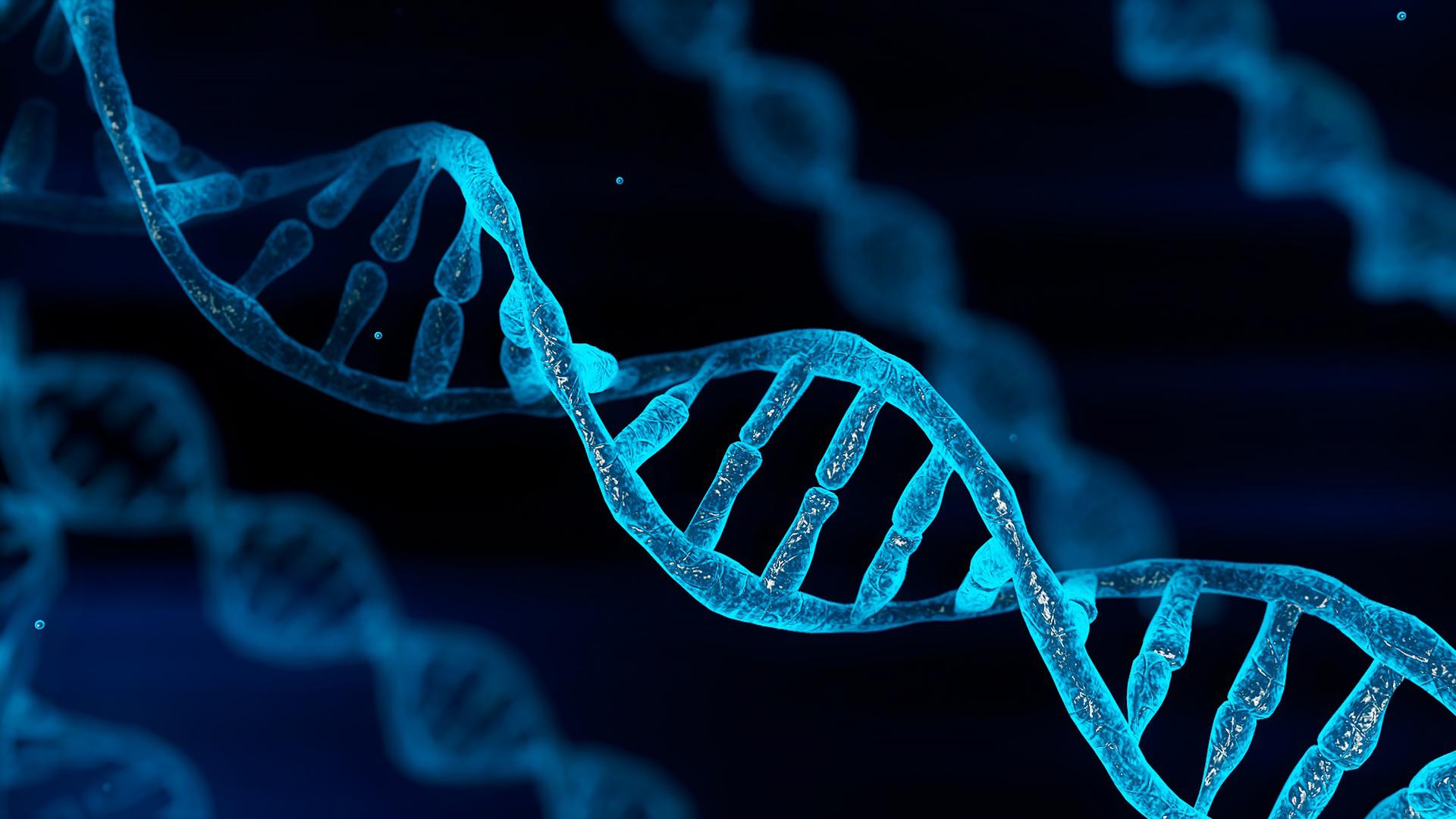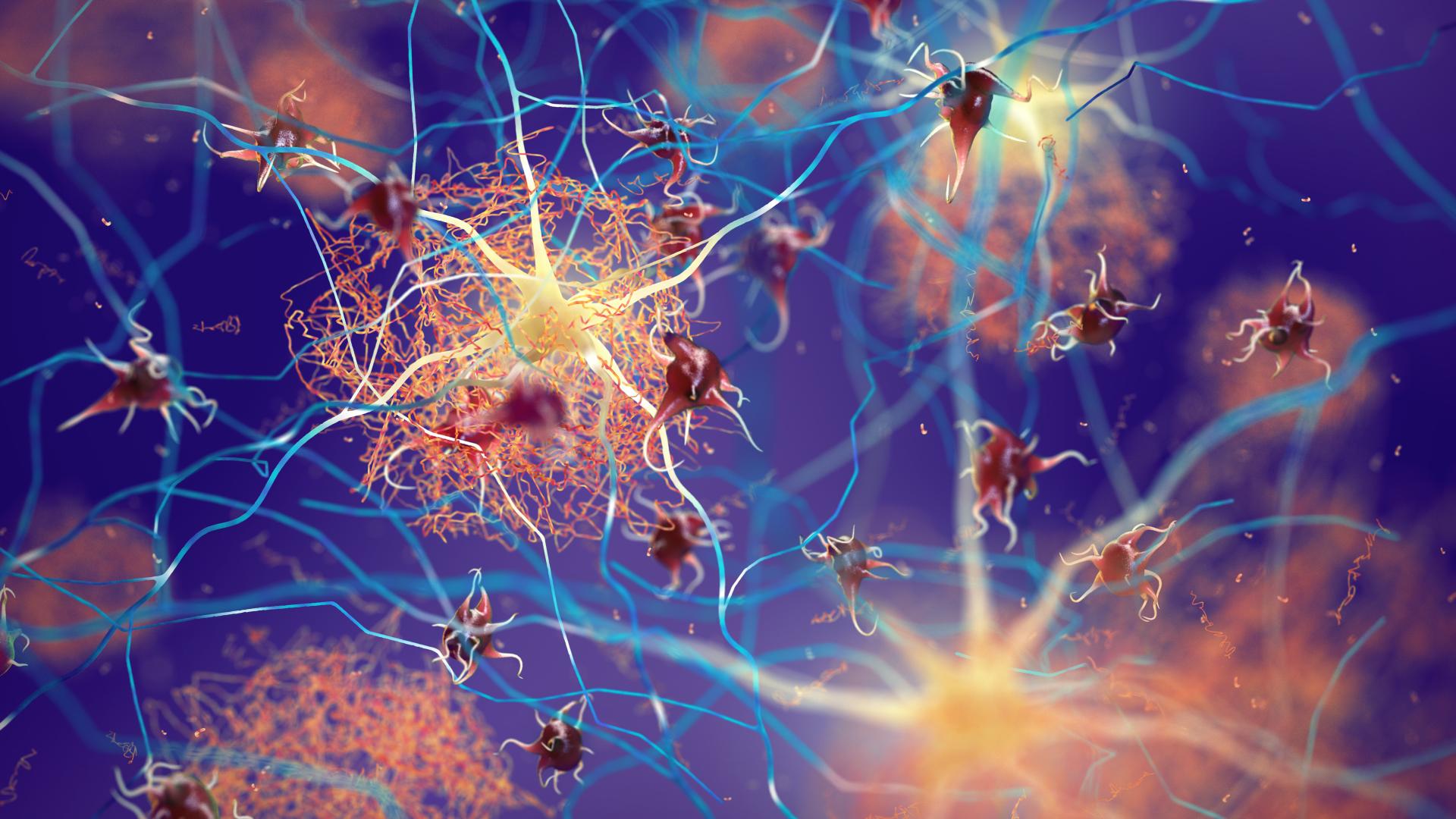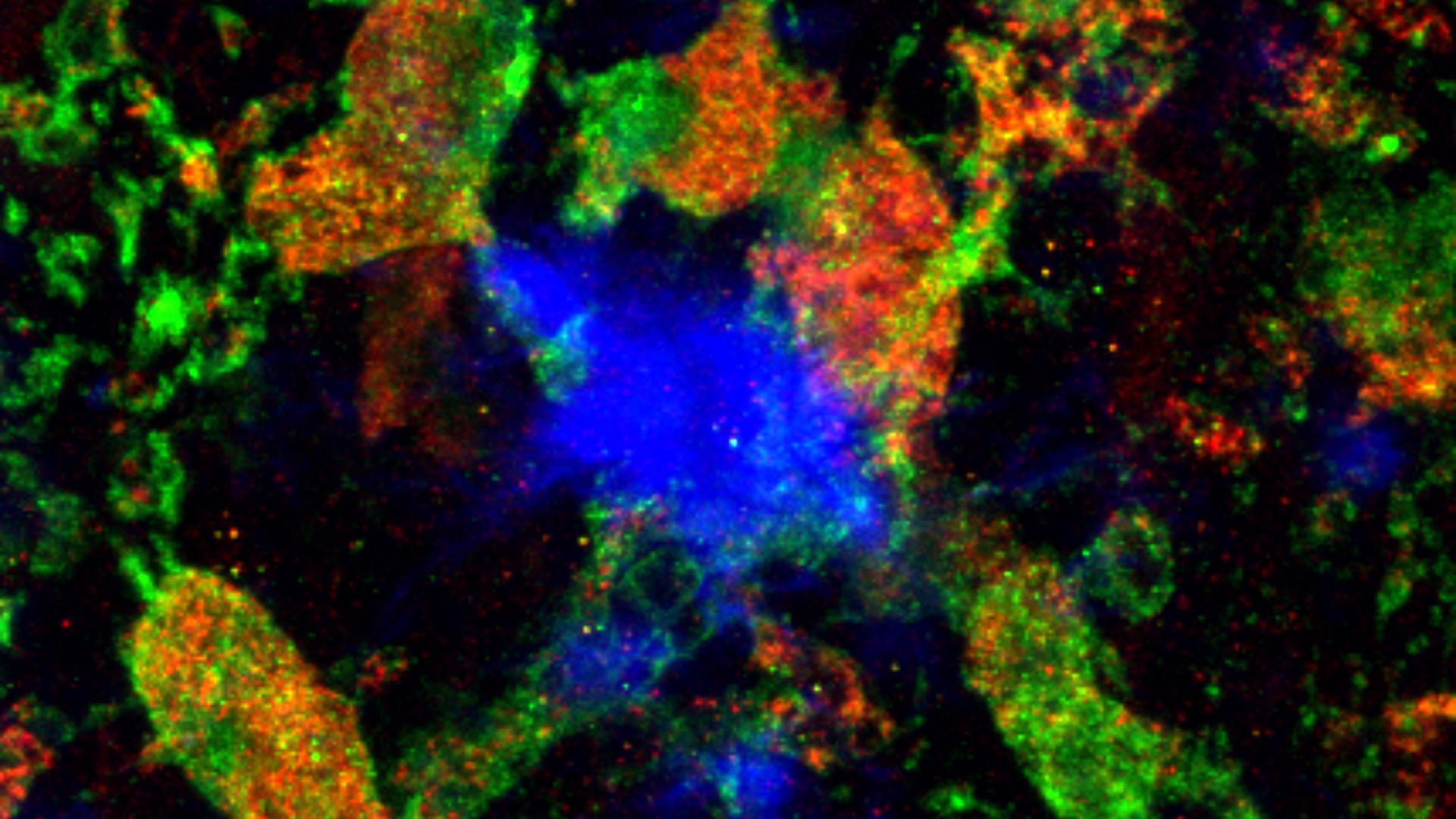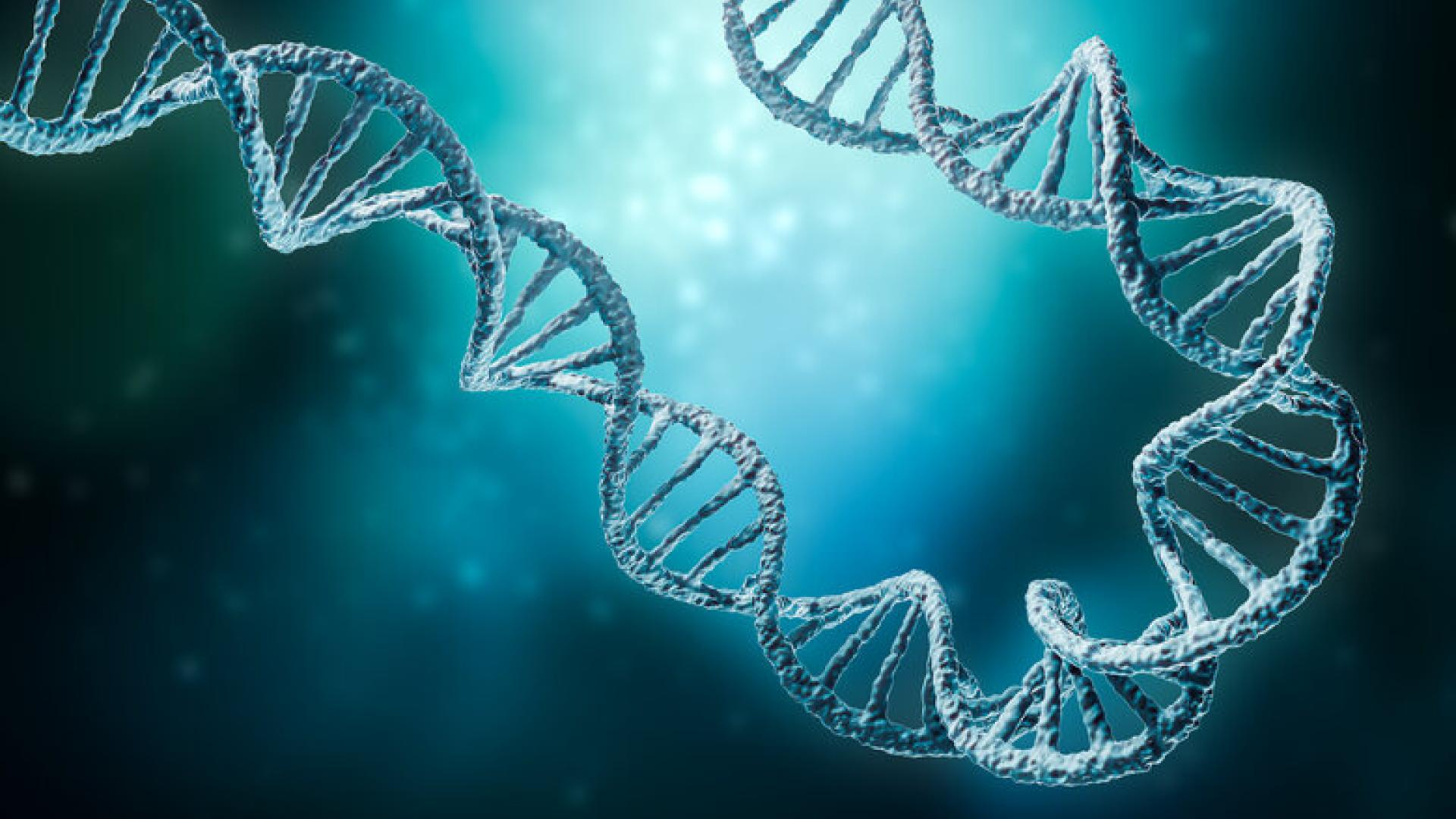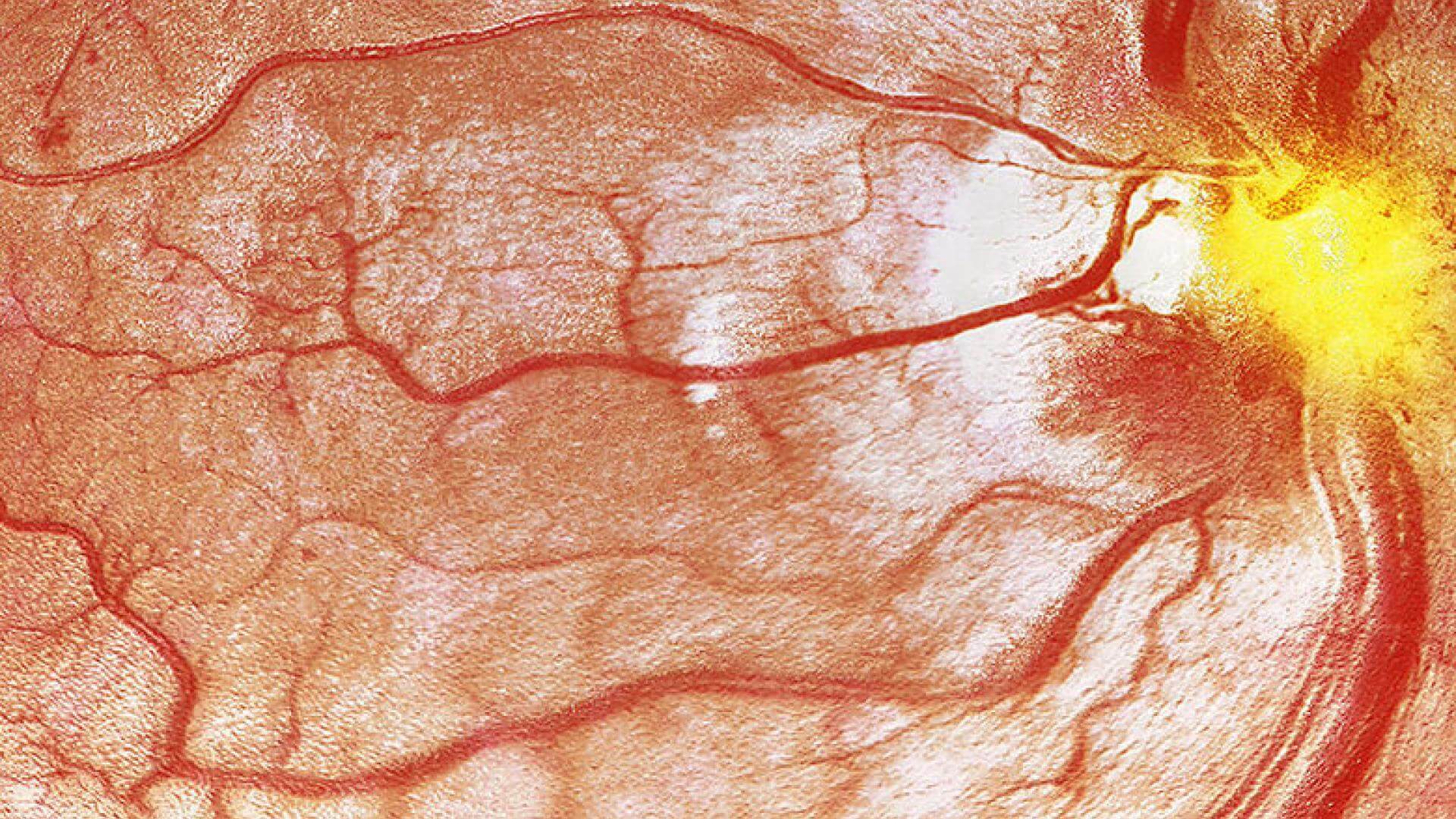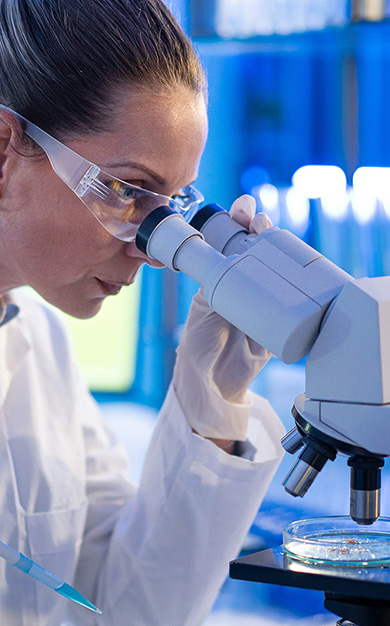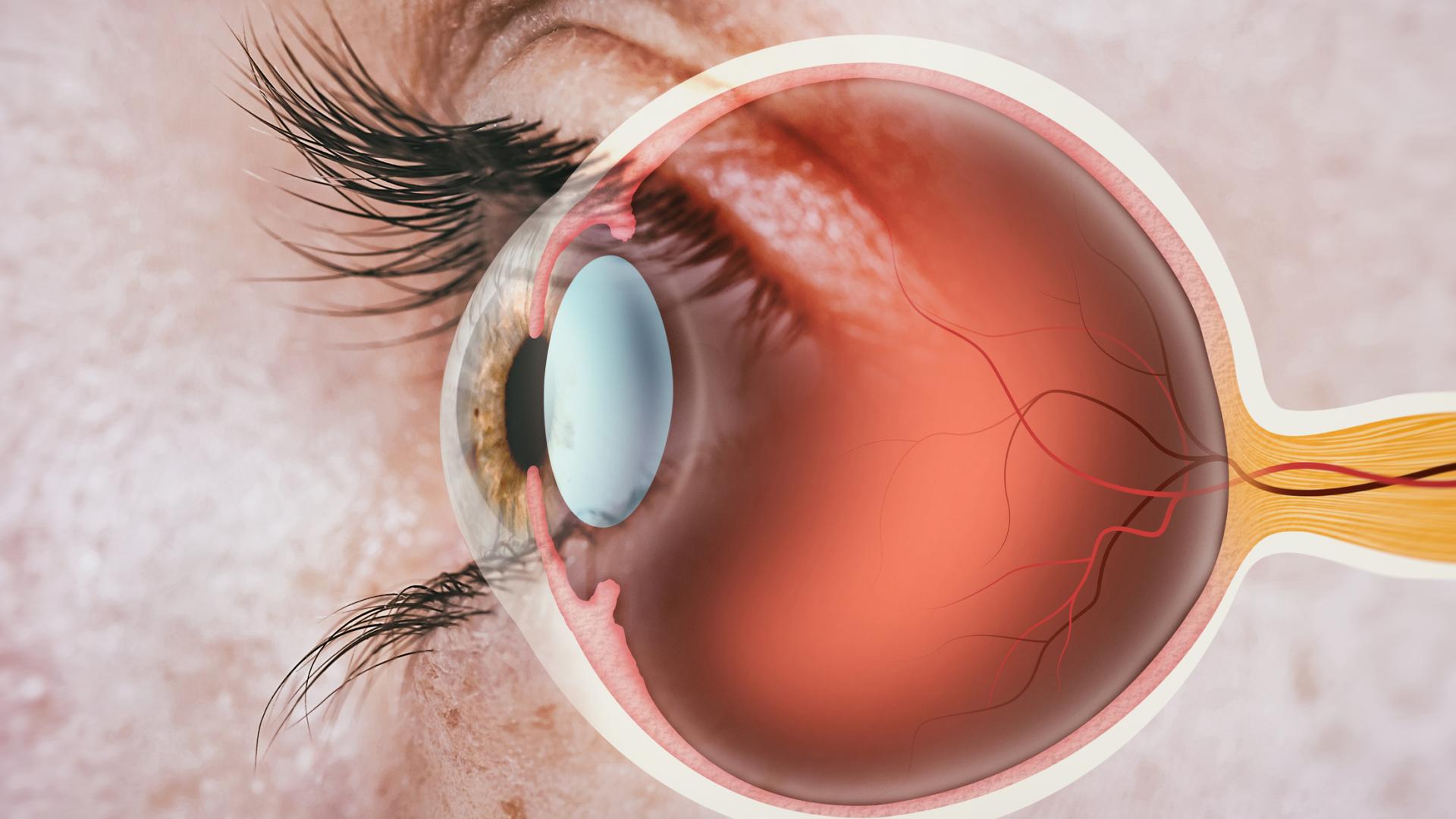
Autosomal dominant Alzheimer’s disease (ADAD) strikes a relatively small percentage of people, but the results can be devastating – this rare form of Alzheimer’s can happen as early as age 30 with few symptoms at the start. Now, a BrightFocus grantee has developed a way to search for signs of ADAD in the eye, even before signs of dementia occur, which can mean treating the disease at its very earliest stages.
Understanding that signs of many diseases can be recognized in the eye, a research team that included BrightFocus Alzheimer’s Disease Research grantee Amir H. Kashani, MD, PhD, of the Wilmer Eye Institute at Johns Hopkins University, focused their study on the retina. They found that changes in the optic tract, which sends visual information to the brain, were associated with the thinning of a specific cell layer in the retinas of people with ADAD.
This potentially new diagnostic technique may be used to diagnose ADAD at its earliest stages. It also may be used to diagnose late-onset Alzheimer’s disease, the most common type that generally happens after age 65.
Results of the research study were published in Alzheimer’s and Dementia.
About ADAD
ADAD is a form of Alzheimer’s that develops between age 30 and 60, due to certain genetic mutations. It usually happens in families that have more than one family member with Alzheimer’s. In people who carry ADAD mutations, the disease almost certainly develops and unfortunately happens at a younger age.
Estimates of how many people develop ADAD vary widely, but it is generally believed to account for about 1% of Alzheimer’s cases.
The symptoms of ADAD and late-onset Alzheimer’s are similar. People with either form have similar biomarker profiles, such as beta-amyloid and tau protein levels, and similar rates of cognitive decline.
Detecting Alzheimer’s disease in its early stages is key, so that treatment can be started as soon as possible to slow its progression. But early diagnosis involves cognitive tests, assessments, neuroimaging studies, and cerebrospinal fluid studies. Because of this, Alzheimer’s is usually diagnosed only after there has been significant brain degeneration and cognitive decline.
Signs of Alzheimer’s in the eye
Searching for early signs of Alzheimer’s disease in the eye is a concept that is gaining traction, and one that has been at the forefront of BrightFocus Foundation’s research portfolio for decades.
In this study, Dr. Kashani and his team assessed the thickness measurements of cell layers in the retina and the integrity of the optic nerve, which carries messages from the retina to the brain. They found that thinning of these layers was seen in people with ADAD.
Alzheimer’s Disease Research funded the 2003 development of the first optical test to potentially diagnose and monitor Alzheimer’s disease from the beginning stages, a discovery that set the stage for future research on an accessible, noninvasive way to detect, track, and treat Alzheimer’s.
Last year, an international research team funded by BrightFocus’ Alzheimer’s Disease Research program successfully developed a first-of-its-kind artificial intelligence (AI) model that could eventually detect Alzheimer’s disease through photographs of the retina. The team developed a deep learning AI algorithm to study and compare minute details within the retinal photos. Deep learning is a method of teaching computers how to process data in a similar way to how humans learn. The model can recognize complex patterns in photographs and other data to produce accurate results much faster than humans could.
Next on the horizon
This study confirms that people with Alzheimer’s have changes in the structures of the eye that can be detected, even if they don’t yet have any symptoms.
For Dr. Kashani, the next research steps include longer-term studies to expand these findings by delving deeper into the relationship between retinal thickness and optic tract integrity in people with ADAD. With funding from Alzheimer’s Disease Research, Dr. Kashani is also looking more specifically at the vasculature of the eye as a detection mechanism.
About BrightFocus Foundation
BrightFocus Foundation is a premier global nonprofit funder of research to defeat Alzheimer’s, macular degeneration, and glaucoma. Since its inception more than 50 years ago, BrightFocus and its flagship research programs—Alzheimer’s Disease Research, Macular Degeneration Research, and National Glaucoma Research—has awarded more than $300 million in research grants to scientists around the world, catalyzing thousands of scientific breakthroughs, life-enhancing treatments, and diagnostic tools. We also share the latest research findings, expert information, and resources to empower the millions impacted by these devastating diseases. Learn more at brightfocus.org.
Disclaimer: The information provided here is a public service of BrightFocus Foundation and is not intended to constitute medical advice. Please consult your physician for personalized medical, dietary, and/or exercise advice. Any medications or supplements should only be taken under medical supervision. BrightFocus Foundation does not endorse any medical products or therapies.
- Eye Tests
- Eye-brain connection
- Genetics




